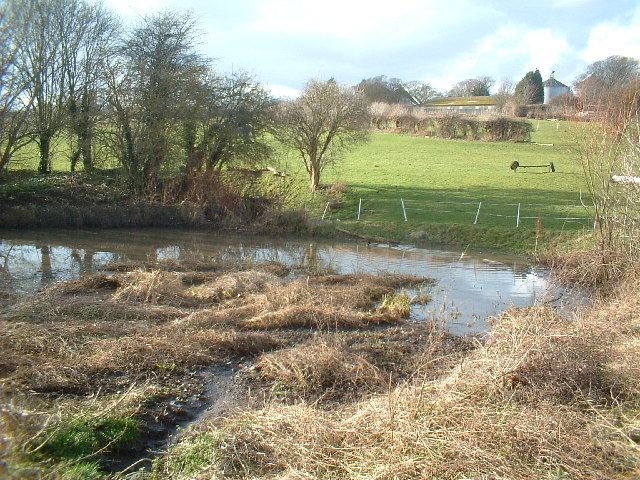Population 772 (2011) Sovereign state United Kingdom | OS grid reference TR3349 Post town Deal Local time Saturday 6:49 PM | |
 | ||
Weather 12°C, Wind SW at 19 km/h, 77% Humidity | ||
Sutton is a village and civil parish near Dover in Kent, England. The quoted population includes the villages of East and West Studdall plus Swingate and the hamlet of Little Mongeham.
Contents
- Map of Sutton Dover UK
- Population
- Occupational Structure
- Parish history
- St Peter and St Pauls Church
- Transport
- References
Map of Sutton, Dover, UK
Population
Since data collection began in 1801, population figures remained very similar between this year and 1931, whereby up until then there have been minimal increases and decreases in total the population. In 1801 the total population stood at 134 (65 males and 69 females) and after a century, these figures fluctuated very little, whereby in 1931 the total population was 212 with there being an event split of males and females. Over the duration of 130 years the total population increased by only 78, averaging an increase 0.6 people per year. However, between 1931 and 1951 the total population increased significantly, whereby over a 20-year period 511 people had moved into this area, which when compared to the statistical data from previous years, is a substantial gain, which fails to fit the norm.
Occupational Structure
The occupational structure of Sutton in 1881 illustrates a clear distinct variation between the individual job categories, depending upon the gender of the worker. The 1881 census data shows that a vast majority of the male workers during this time primarily worked in the agricultural industry, specifically given the time period, as farmers. By looking at the graph, you are able to identify a clear relationship between the topography of the surrounding environment and the industries which exist here. For example, one of the reasons agriculture exists here due to the fact that Sutton is situated Kent, which predominantly contains flat land, making agriculture a viable line of work. Furthermore, gender inequality also exists here, regarding the amount females working in this industry, as zero females were reportedly employed in this sector, compared to the 33 males which were.
One reason for this is that in the 19th century, gender roles, which are structured around femininity and masculinity, were conceptions of what society deemed acceptable. As a result, gender inequality existed here, whereby the role of a male in society was to provide for their family, typically engaging in work involving manual labour, whereas in comparison the role of a women was orientated around the home, raising children and caring for the family. Evidence of this can be seen in the graph, as 86% of women in the village are in unknown occupations. The second most common occupation for women here is domestic services with 4 females working in this sector, suggesting that women worked as carers or nannies.
Parish history
SUTTON near DOVER, written likewise in ancient records, Sutton, near Ripple, and near Walmer and sometimes East Sutton, which additions it had to distinguish it from other parishes of this name in other parts of the county, lies the next parish to East Langdon, northwestward. The manors of Norborne and Ripple claim paramount over different parts of this parish. There are two boroughs in it; one borsholder being chosen for East Sutton borough at Ripple manor court; the other, at the court of the manor of Norborne, for the remaining part of the parish.
St Peter and St Paul's Church
St Peter and St Paul’s is located along East Sutton Road and is in the far North East of the Deanery bordering on the parishes of the North Downs Deanery to the North, Sutton Valence to the West and Headcorn to the South. The church which has been standing for 800 years, is the key feature of this small village, with services being held every day from the Book of Common Prayer.
Transport
Sutton lies in close proximity to two railway stations, Martin Hill and Walmer, both approximately being 2.8 miles away. The stations situated along the South Eastern Railway Line, provide links to surrounding cities such as Dover, and Canterbury as well as the Capital City, London.
Due to Sutton's remote location, the nearest major road is the A256, located 11 miles west of Sutton. This road which precedes to link to the A2 further south can be accessed by Forge Lane or Downs Road. The A2, which is located 8.8 miles south of Sutton, provides direct access between Dover and London, spanning across Kent from east to west. Upon reaching the town of Boughton, the A road transforms into the M2, which is then used to reach London for a significant distance of the journey, whereby upon reaching the outskirts of London, it transforms back into the A2.
